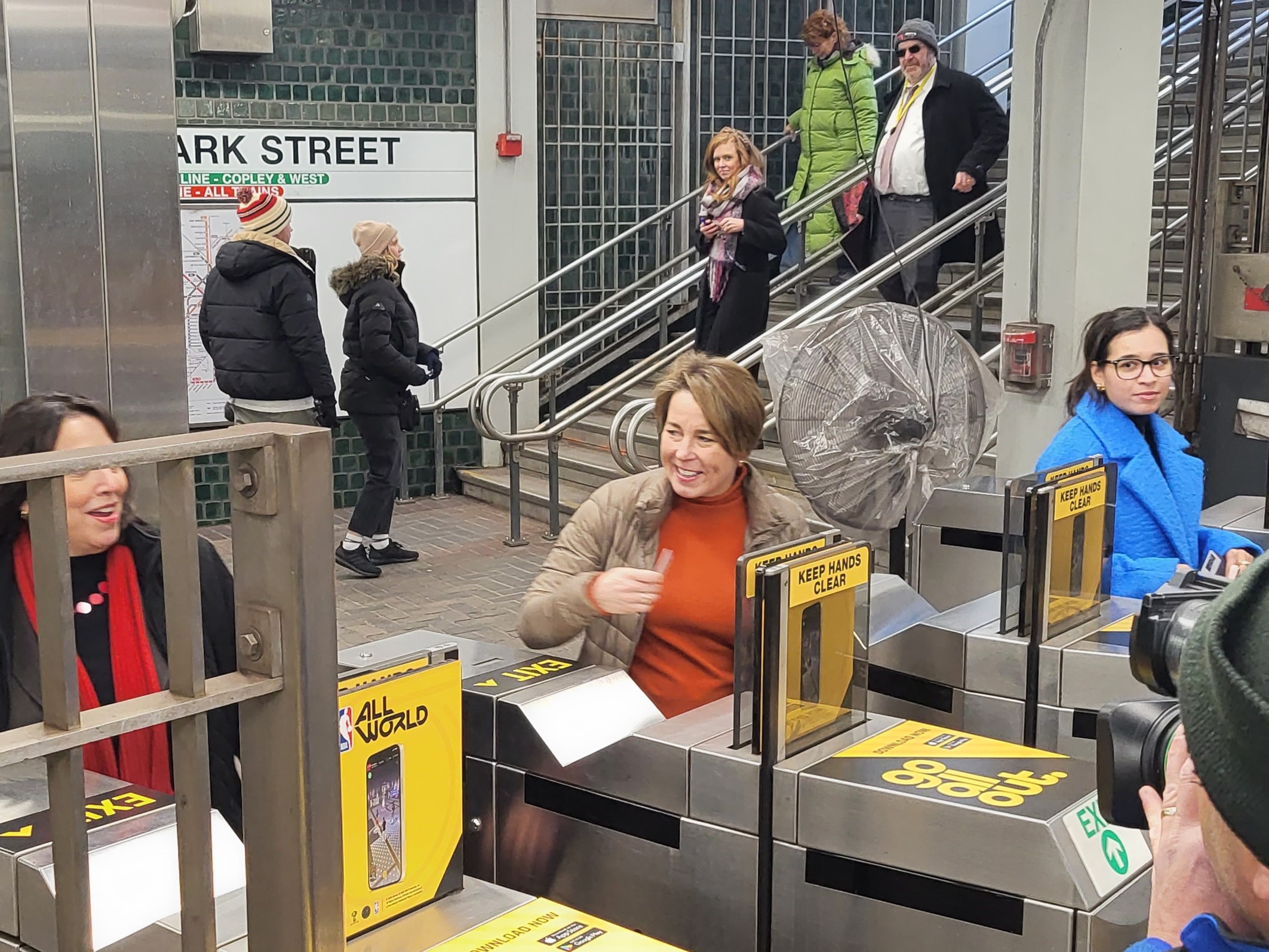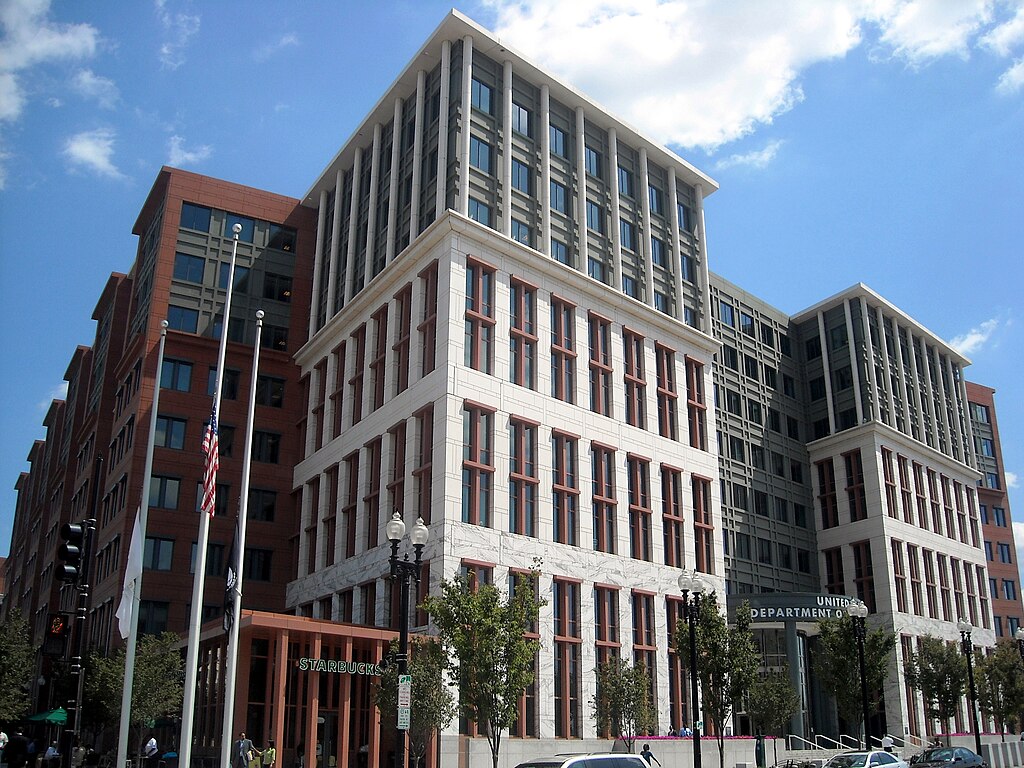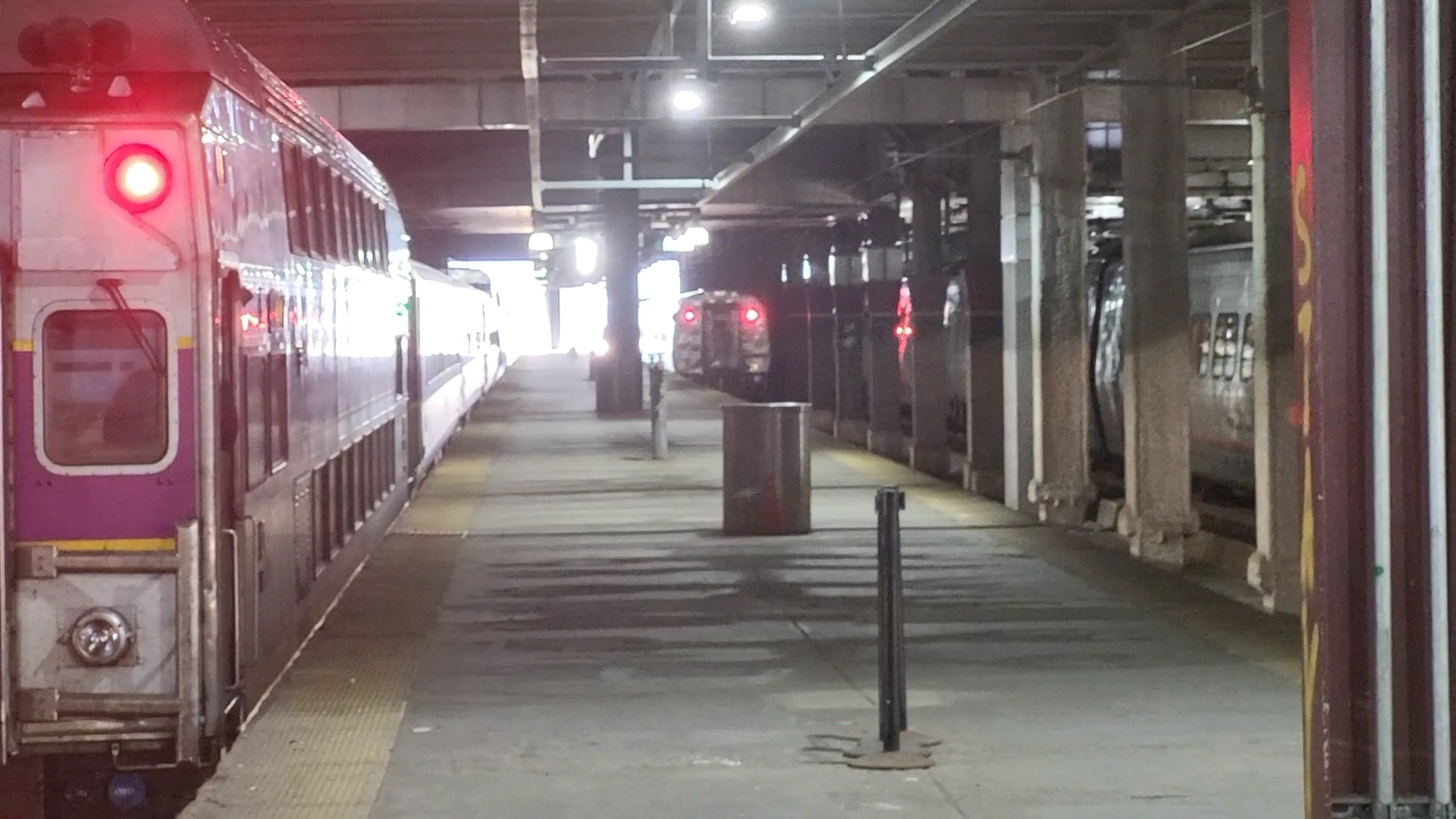Did Beacon Hill Throw East-West Rail Off Track…or Is This a Minor Delay…?
In what came as something of a surprise to some, Governor Maura Healey included $12.5 million for Western Mass rail work in her Fiscal Year 2024 budget. While not necessary for East-West rail between Boston and the 413, the money for work in Palmer and Pittsfield was a positive sign. Healey was taking the project seriously. Then the legislature began its budget process.
Neither the House nor Senate budget included the money. Members of the Western Mass delegation proposed amendments to restore the funding. None made it in. As the commonwealth awaits word from the feds about money for work that could start actual service, the failure of these funds had the air of setback.
Yet, the players insist otherwise. There remain legislative options and even existing pots of money to tap. Healey’s office assured this was not the end.
“The Healey-Driscoll Administration strongly supports West-East Rail, as it will expand public transportation options for Western Mass residents and bolster economic development in the region,” Healey spokesperson Karissa Hand said told WMP&I.
“We look forward to continued partnership with our Legislative partners, including the East-West Rail Commission, to secure needed funding for personnel, track improvements and station design that are critical for the project,” she continued, referring to the Western Massachusetts Passenger Rail Commission (WMPRC).
The WMPRC is assessing how best to manage and oversee service between the 413 and Boston. The only service between Western Mass and Boston is a leg of the Lake Shore Limited, a roundtrip Chicago-bound train.
The money Healey had proposed in her budget would cover $8.5 million in track work in Pittsfield. Another $4 million would go toward study and design of a station in Palmer. Pittsfield has a station now. However, it has seen a seasonal uptick in service with the new(ish) Berkshire Flyer to New York via Albany. The funds would likely improve flexibility in that area. Palmer has no station with service today and the inclusion of funding.

Gov. Healey swiping in with Lt. Gov. Kim Driscoll to catch the MBTA Red Line to South Station in February. Could she catch a train to Palmer from there one day? (WMP&I)
Ben Hood of Citizens for a Palmer Rail Stop (CPRS) said that his group has pushed, thus far unsuccessfully, for the Town of Palmer to fund a study. Not surprisingly, Healey’s move had raised hopes.
“Now we are disappointed that the legislature didn’t follow the lead of the Governor, who was prepared to prioritize Palmer and Pittsfield as the state’s first investment in the development of East-West rail,” he said in an email.
The amendments had attracted support from several Western Mass legislators. At first glance, it had appeared that the amendment had passed the House. However, under the chamber’s byzantine amendment process, leadership had merely processed it with other amendment. The final text of this Frankenstein amendment did not include the Palmer and Pittsfield money.
In the Senate, the amendment’s failure was clear. It was among a clutch of changes that the upper chamber rejected all at once.
Ludlow Senator Jake Oliveira had sponsored and his office, too, insisted he was not giving up.

Be it delay or scheduling conflict, Sen. Oliveira insists this train will leave the station. (WMP&I)
“Senator Oliveira is 100% committed to the West-East Rail and believes there are plenty of opportunities to fund the project with transportation bond bills or the supplemental budget, for example,” spokesperson Derrick Cruz emailed. He also mentioned the pending WMPRC report.
The setback stood out. Both House Speaker Ron Mariano and Senate President Karen Spilka have signaled support for the project. Spilka even joined Oliveira for a tour of the likely site of a station in Palmer, which he represents. The Republican quoted her saying, more Boston to Springfield rail service “will happen.”
Political chatter from Beacon Hill and among observers sugests this support is genuine. Legislative leaders were, however, skeptical of putting these funds in the annual budget.
Rail advocates raised an eyebrow at this suggestion. Hood cited a CPRS post that noted the $250 million the House appropriated for the Massachusetts Bay Transit Authority.
“Meanwhile the four counties of Western Massachusetts continue a long-term economic decline exacerbated by the vast inequity in the Commonwealth’s spending on transportation and infrastructure,” the CPRS’s post noted dryly.
The WMPRC should be releasing its recommendations on or before June 30. Trains in the Valley, a passenger rail advocacy group, has observed that the scope has ostensibly broadened. The commission is also assessing what entity should oversee all passenger rail service in the 413. This would include, in addition to East-West rail, the Greenfield to Springfield Valley Flyer, the Berkshire Flyer, less-gestated service proposals, and presumably, the relationship with Connecticut regarding the Hartford/Springfield line to New York.

Waiting on the US Department of Transportation in Washington to buy its East-West rail ticket? (via wikipedia)
Everybody from county seats across the 413 to Beacon Hill are also eagerly awaiting word from Washington on the CRISI grant from the Consolidated Rail Infrastructure & Safety Improvements Grant Program. Among the last acts the since-converted Charlie Baker performed as governor was linking arms with Amtrak and CSX to request $108 million in CRISI funding. The money would pay for improvements that would reduce passenger and freight conflicts, thus enabling service to commence.
Consequently, despite the legislature’s reluctance to pay for the Palmer and Pittsfield work now, advocates are not downbeat. Activists from the CPRS expect funding from the Federal Railroad Administration, which manages CRISI, would eventually enable two Inland Route roundtrips.
The Inland Route refers to Northeast Corridor service between Boston and New York via Springfield and Worcester. Presently, all Northeast Corridor service runs along the shoreline via Providence.
“That will be the point at which Massachusetts finally catches up with Connecticut and joins the 21st century passenger rail revival,” Hood said.
There may even be cause for optimism about the Palmer and Pittsfield work. While the WMPRC’s report will likely come first, Healey may not need to wait on the legislature to act.

Palmer has a rail depot, but it’s a restaurant now. One (or more) modern platforms would be necessary for trains to stop. (via Wikipedia)
The same law that created the WMPRC authorized $275 million in bonding for East-West rail. While the language envisions pairing this with federal money, the relevant proviso is permissive. Usually, absent conditions, once the legislature has authorized bonding, the governor can usually release funds whenever she pleases.
At a minimum, the episode of these funds would confirm Healey is not running to catch East-West rail before it pulls out of the station. She is on board.
